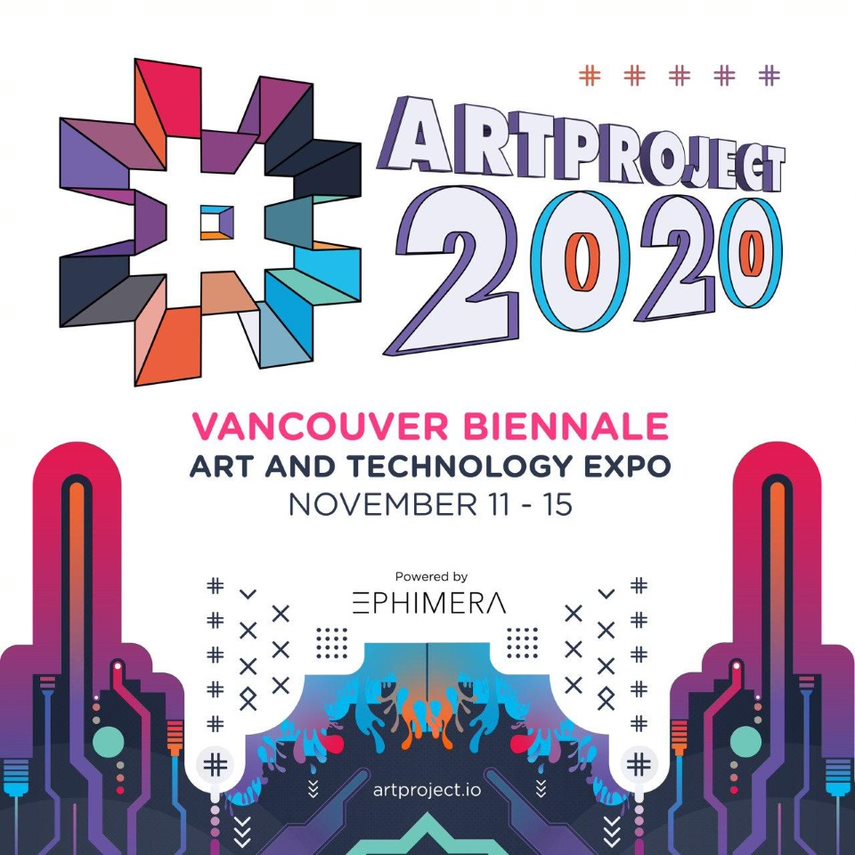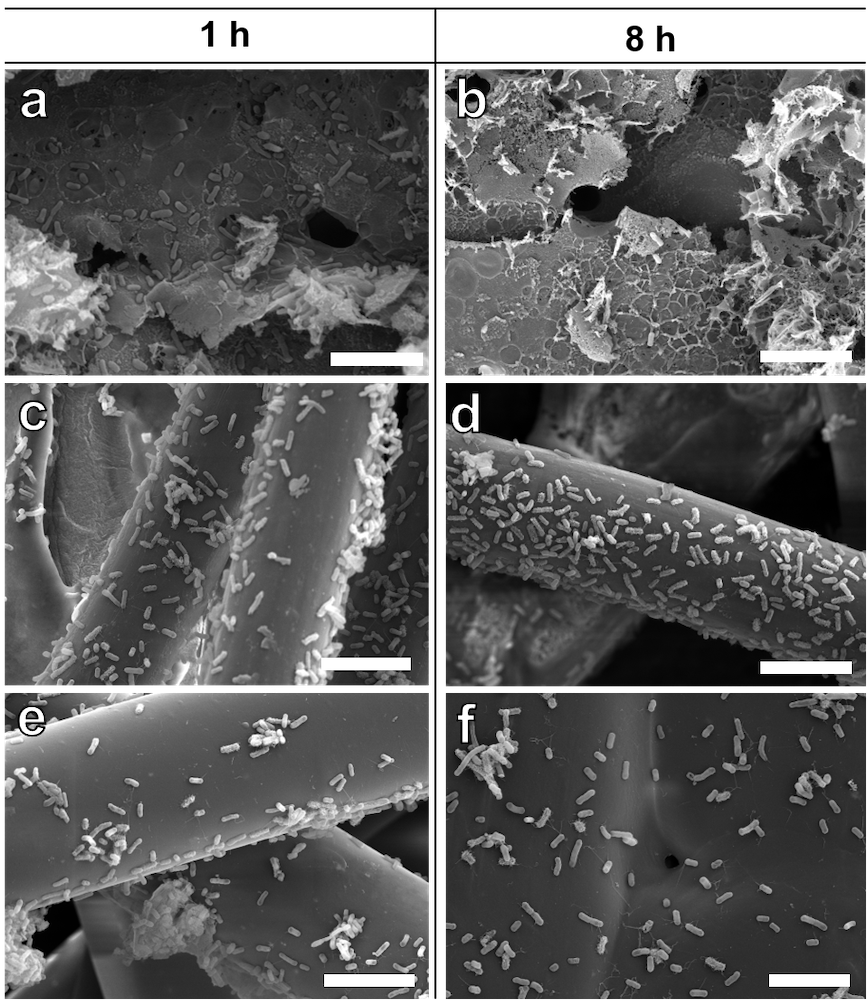“Some synchrotrons don’t want to have any dirt in their beamlines, so it makes it more difficult to analyze soil samples …”
Also known as the Canadian Light Source (CLS), the synchrotron in Saskatoon was used to analyze soil from Hawaii according to a Nov. 5, 2020 CLS news release (also received via email) by Erin Matthews,
With its warm weather and sandy beaches, Hawaii is a magnet for tourists every year. This unique ecosystem also attracts soil scientists interested in what surprises may lie beneath their feet.
In a recent paper published in Geoderma, European researchers outline how they used the rich soils of Hawaii to study the critical movement of phosphorous through the environment. By better understanding the amount and type of phosphorus in the soil, they can help crops become more successful and maintain the health of our ecosystems for years to come.
The project was led by Agroscope scientist Dr. Julian Helfenstein, Prof. Emmanuel Frossard with the Institute of Agricultural Sciences, ETH Zurich; and Dr. Christian Vogel, a researcher at the Federal Institute for Materials Research and Testing in Berlin.
The team used the Canadian Light Source (CLS) at the University of Saskatchewan to help analyze the different types of phosphorus in their samples and track their origins.
“Some synchrotrons don’t want to have any dirt in their beamlines, so it makes it more difficult to analyze soil samples,” Vogel said. That is why the team went to the CLS, a facility that prioritizes agricultural research and welcomes soil science projects. [emphasis mine] Vogel analyzed the samples using different spectroscopy techniques on the VLS-PGM beamline at CLS, which uses extremely bright light.
Phosphorus generally comes from apatite found in the bedrock, Helfenstein explained. So, the group was surprised to discover that some of the phosphorus in their weathered Hawaiian Hawaiian topsoil samples had originated from dust that was deposited by air currents. This dust, and the phosphorus contained within, traveled thousands of kilometers before settling on the island.
Researchers would expect to find apatite in soils in dry areas where it would not get washed away by rainfall. So, finding evidence of apatite in wet soils amazed the scientists.
“On the wet end of the gradient, these soils are extremely weathered so primary apatite was gone, but we still found these small grains of apatite in the soil co-located with quartz, suggesting that it’s coming from somewhere else. It’s not coming from the bottom, it’s coming from the air,” Helfenstein said.
The team collaborated with atmospheric physicists who used modeling to trace the backward trajectory of the dust, pinpointing the air currents that the dust had traveled in and the origin of the apatite.
Frossard explained that extended rainfall can lead to very old and weathered ecosystems that researchers would expect to collapse from limited phosphorus. However, if apatite comes from somewhere else, like dust carried on air currents, then you will see healthy, productive ecosystems. This helps to explain plant growth on highly weathered soils in Hawaii.
Frossard has worked on climate sequences for decades, including studying the climate gradient in the Canadian prairies, and has been following news from the CLS since its construction in 1999.
“What I see here is a very powerful instrument –– the fact they allow us to study soil is really something superb. It allows us to improve our knowledge in biology and in [the] chemistry of soil.” The team looks forward to unearthing more environmental secrets in the future.
Before getting to the citation and giving a second link to the paper, here’s a little more about Saskatchewan (Wikipedia entry), which explains why a synchrotron in that province might develop expertise in agricultural research and soil science projects (Note: Links have been removed),
…
Historically, Saskatchewan’s economy was primarily associated with agriculture, with wheat being the precious symbol on the province’s flag [emphasis mine]. Increasing diversification has resulted in agriculture, forestry, fishing, and hunting only making up 8.9% of the province’s GDP in 2018. Saskatchewan grows a large portion of Canada’s grain.[49] In 2017, the production of canola surpassed the production of wheat, which is Saskatchewan’s most familiar crop and the one most often associated with the province. Total net income from farming was $3.3 billion in 2017, which was $0.9 billion less than the income in 2016.[47] Other grains such as flax, rye, oats, peas, lentils, canary seed, and barley are also produced in the province. Saskatchewan is the world’s largest exporter of mustard seed.[50]Beef cattle production by a Canadian province is only exceeded by Alberta. In the northern part of the province, forestry is also a significant industry.[48]
…
Here’s a link to and a citation for the paper,
Microspectroscopy reveals dust-derived apatite grains in acidic, highly-weathered Hawaiian soils by Christian Vogel, Julian Helfenstein, Michael S.Massey, Ryo Sekine, Ruben Kretzschmar, Luo Beiping, Thomas Peter, Oliver A.Chadwick, Federica Tamburini, Camille Rivard, Hannes Herzel, Christian Adam, Ana E.Pradas del Real, Hiram Castillo-Michel, Lucia Zuin, Dongniu Wang, Roberto Félix, Benedikt Lassalle-Kaiser, Emmanuel Frossard. Geoderma Volume 381, 1 January 2021, 114681 DOI: https://doi.org/10.1016/j.geoderma.2020.114681 Published first online: online 30 August 2020.
This paper is open access.
*(sigh) Just spotted this error in the head “Sakatoon.” This has been changed to “Saskatoon” as of May 10, 2022.

